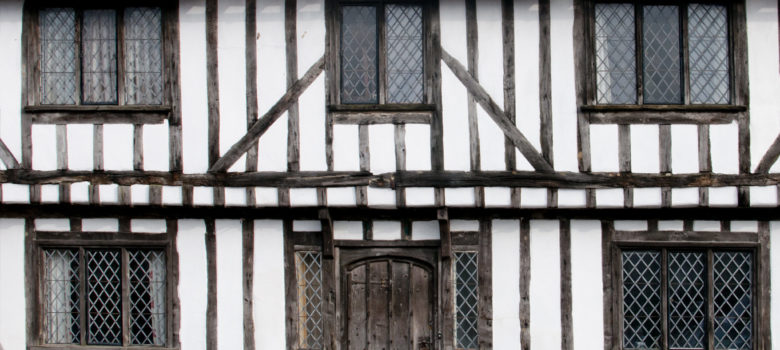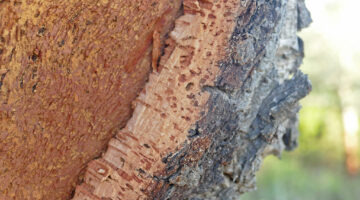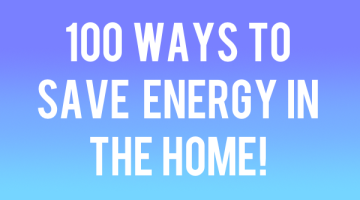
Energy efficiency and saving energy in old houses is a notoriously difficult thing to do, especially in the UK where the weather is changable and old house can mean VERY old house. So where do we even start with the task? What do we do to save more every in an old house?
Fabric First
The biggest problem with the energy efficiency of older buildings is the way they are built. While modern building regulations set pretty high standards of insulation, and even fairly straightforward conversations are required to hit particular U-values, this has not always been true.
A fabric-first approach means that, before you try improving any energy systems or usage within your house, you should look at how the house is made and what
- Unisulated lofts: Loft insulation is incredibly important, since around 25% of heat loss can occur through an insulated loft. Older houses in particular tend not to have the required insulation to keep the house working at it’s best, and loft insulation is one of the cheapest and easiest places to start. In fact, even if your loft is insulation, over time the insulation can sag and compress, singificantly diminsihing it’s effectiveness. If you have an old home it’s worth getting up into the loft and checking out how much insulation you have, and consider topping it up.
- Solid walls: Up until the 1920’s, cavity walls were uncommon, meaning that if you have a home older than that, it’s likely to have solid brick external walls. This is a problem because it solid walls let changes in temperature outside, transfer to the inside much, much more easily. If you have solid walls, your will be spending a lot more on heating in the winter, as the building leaks heat through the walls. The best option to tackle this is with external wall insulation. It can make a huge difference, but be aware that it doesn’t come cheap.
- Glazing: Windows are another weak point of older houses, where they lose energy efficiency. But this also means there are improvements and savings to be made! Old wooden frames rot and warp over time, creating drafts. These can be repared, replaced, or upgraded to new window frames which look almost the same.
As for the glass itself, this will always be the weakest part of the thermal envelope of any house – there is no getting around the fact that windows are terrible insulators. However, it could be time to consider swapping out for double or triple glazing.
It’s always worth remembering that insulation isn’t just for the winter months! Some people are concerned that too much insulation can make a house too hot or cause damp, but this is very unlikely to happen, especially in an older house. You can read more about that here.
Whole House Approach
The whole house approach is another way of looking at energy efficiency for older buildings. It looks at the fabric of the building but also other factors. Recommended by Historic England for older houses, the whole house approach to saving energy takes 4 main factors into account.
- Fabric
- Location: This is all about understanding how your property is affected by where it is. It’s orientation, the local weather and conditions, that sort of thing.
- Equipment: This considers the things in your house, from your radiators to your Xbox. How energy efficient is your heating system or washing machine or fridge?
- People: This is our favourite as it’s all about behaviour. Some people like their homes warmer than others, some people hang dry their clothes as opposed to tumbling them, some might be better at turning lights off. This element is all about habits. The best things about saving energy by changing your habits is that it’s free to do, and can save you money instantly. If you have an old home and would like to save energy on it without spending any money, this is the best place to start.












No Comments yet! Be the first one.